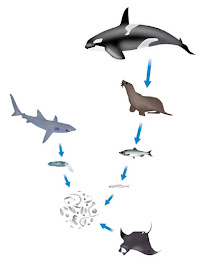God and his attributes
Theologians have ascribed different attributes to a variety of conceptions of God. The most usual among these consist of omniscience, perfect goodness, omnipotence, omnipresence, divine simplicity, and everlasting and necessary existence. God has also been conceived as being incorporeal, a personal being, the foundation of the entire moral obligations, and the "greatest conceivable existent". These attributes were all supported to unreliable degrees by the early Christian, Jewish and Muslim theologian philosophers, including Augustine of Hippo, Al-Ghazali, and Maimonides. Many famous medieval philosophers developed arguments for the existence of God, attempting to fight with the obvious contradictions implied by many of these attributes.



